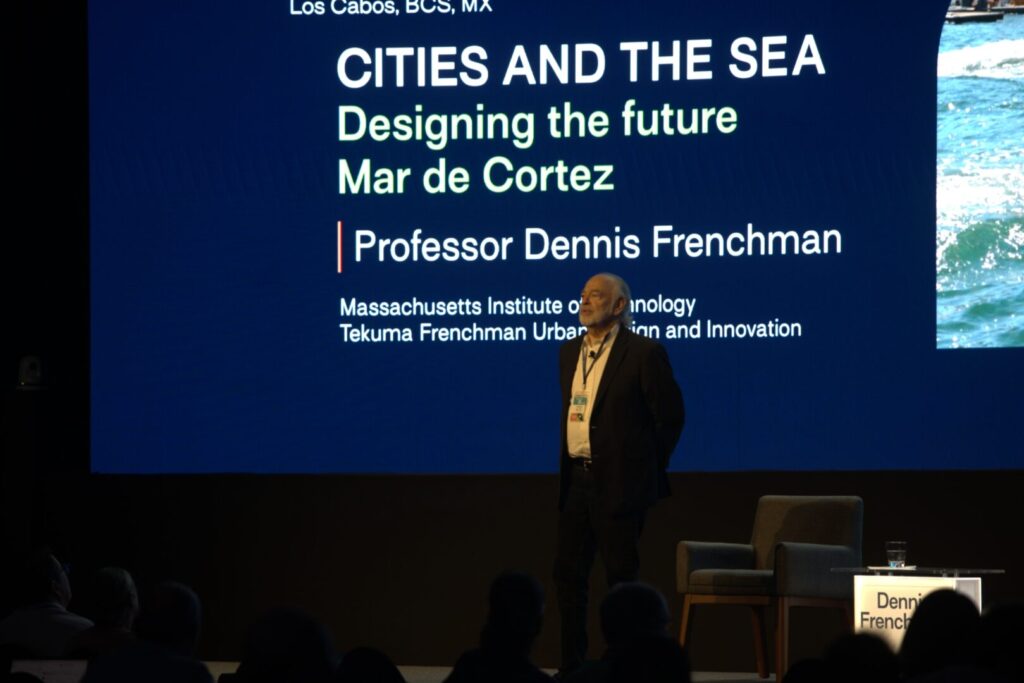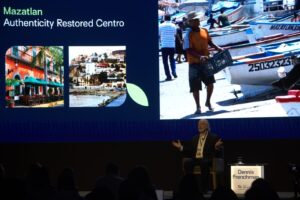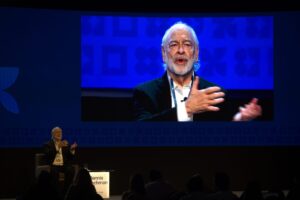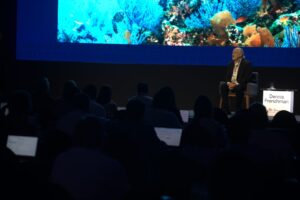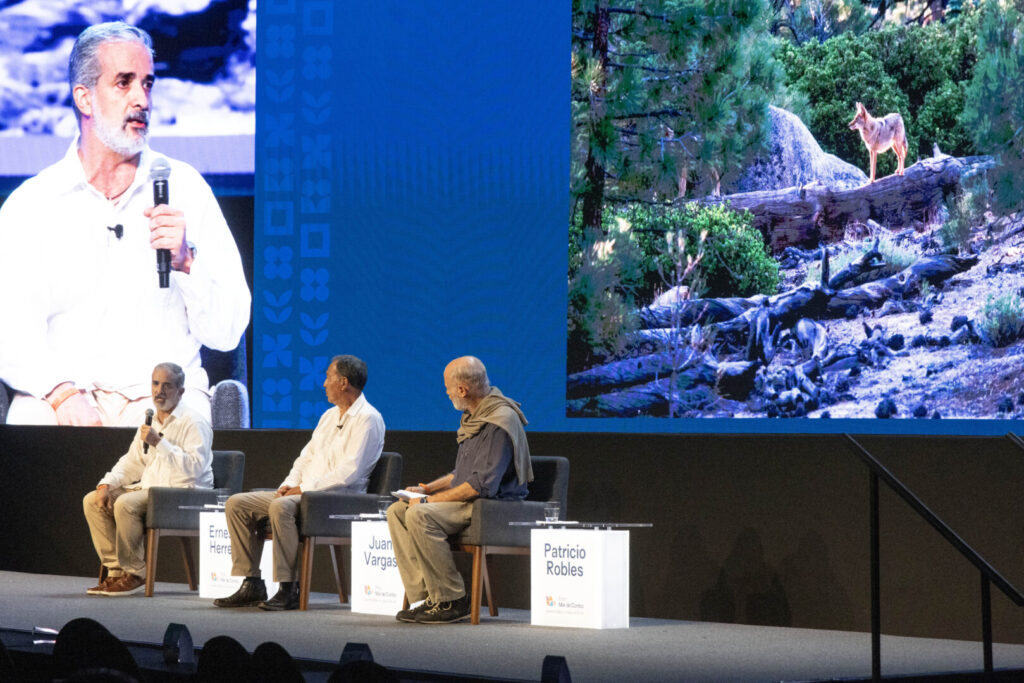Los Cabos, BCS._ _ During the Summit 2024 Cities with a Future: No Fear of Action, Dennis Frenchmanurban planner and academic of the MITaddressed the challenges and opportunities faced by the cities surrounding the Sea of Cortez. With a focus on the sustainable development and the cultural identityFrenchman emphasized the value of preserving the region's distinctive character while promoting a more sustainable and sustainable inclusive growth.
He began his presentation with an everyday scene in the MazatlanA fisherman unloading his catch while his daughter waits for him at the market. This moment encapsulates a shared reality: declining incomes due to inefficient management of marine resources.
Frenchman pointed out that, although the commercial fishing brings in close to US$200 million annually, tourism, with close to US$500 million, becomes the main economic engine for the 10 million people who live in cities and towns around the Sea of Cortés.
"It's a huge territory, so they are quite isolated, and they retain their individual distinctiveness, some dating back to the 1,500s," he commented.
The question, he said, is how to leverage the authenticity of these cities to attract 21st century industries and talent that support, rather than erode, their unique assets.
"I am not an expert on the sea or Mexican culture, but I took the time for this forum to learn something about these cities, their advantages and challenges. Mazatlan, home to our fisherman and his daughter, has restored its Centro Historico and captures the vibrancy and color of today's Mexico and its informal, individualized pattern of development," he said.
"This is a perfect recipe for 21st century visitors. More and more of them are looking for what are called hyper-localized and authentic experiences."
Frenchman also referred to other cases, such as La Paz, Ensenada y Cabo Pulmoeach with unique attractions. He suggested that La Paz could host a Media Arts and Sciences school to boost the digital economy; Ensenada, with its nightlife and extreme sports, is a magnet for youth tourism; and Cabo Pulmo represents a successful model of sustainable ecotourism following the recovery of its marine reserve.
"The cities in the Sea of Cortez are still relatively undeveloped and retain much of their character and culture, so we have some time to grow and evolve in a more sustainable way. Develop their full potential without the negative loss of community and culture," he said.
Frenchman cautioned that conventional development models may be inapplicable in the region, using a Cancun as an example of a tourism that has distorted its natural and cultural environment in favor of mass consumption.
The MIT scholar highlighted three strategies for urban transformation:
- Creation of regional networks.
- Development in harmony with nature.
- Fusion of tradition and innovation.
Citing examples of Monterrey, Guadalajara y Medellínexplained how projects following these strategies have positively transformed their urban environments.
He stressed the need to see the Sea of Cortez Region not only as a natural ecosystembut also as an urban one, in which each community can contribute to a collective development.
"I congratulate this Sea of Cortez Forum for taking the first step towards a regional cooperation network that promotes sustainable and intelligent development of cities around the sea," he said.

